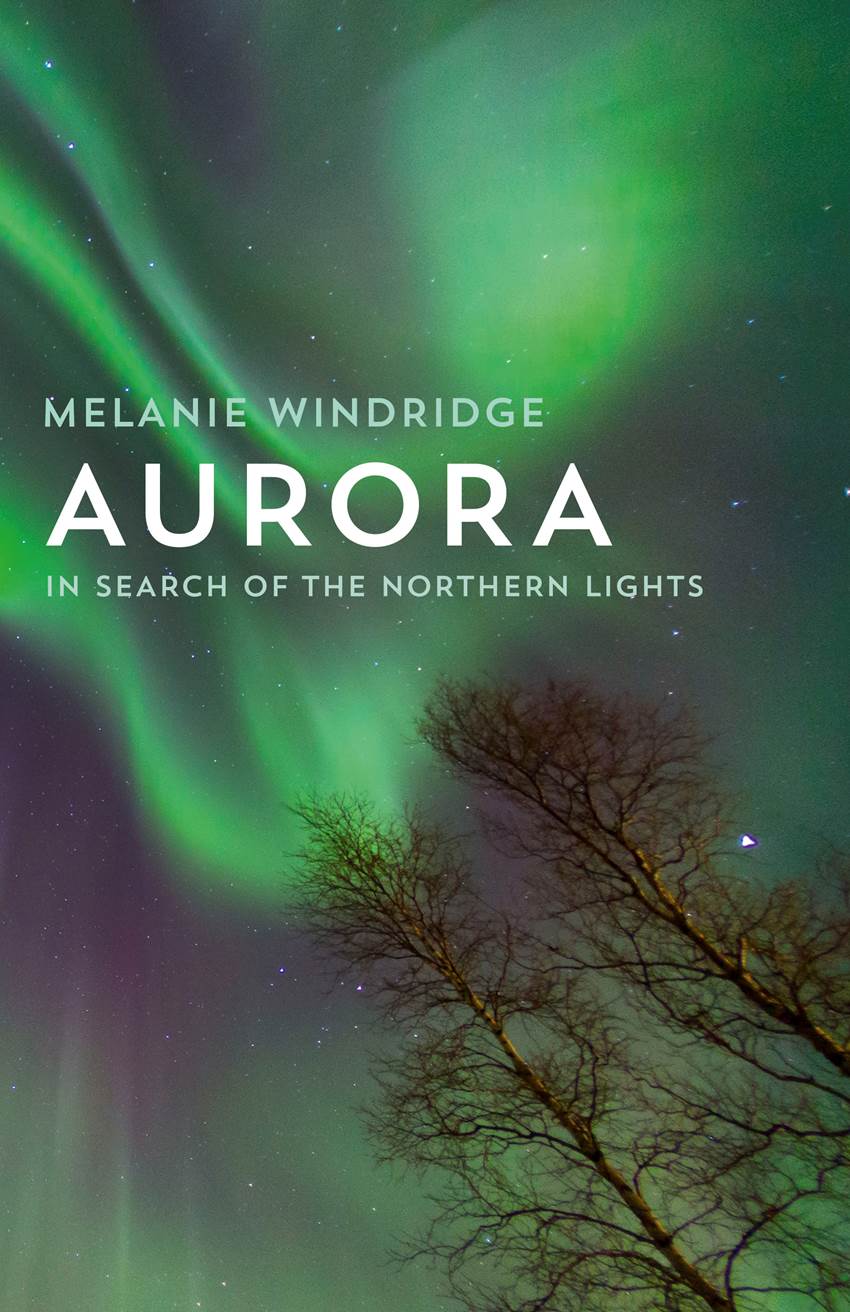
Melanie trekking to Everest Base Camp. On Everest, Melanie wore sunglasses with the Julbo Cameleon photochromic lens. The Julbo range adapts to changing UV levels within 20-30 seconds.
When skiing or mountaineering, protecting your eyes against sunlight and glare from snow and ice is of paramount importance for the health of your eyes. Levels of ultraviolet radiation can be high even if it is cloudy, and too much UV exposure can lead to painful inflammation, called “snow blindness”, or increase the likelihood of developing cataracts. Good lenses that shield the eyes from UV are a must!
For her Everest expedition, Melanie used sunglasses and goggles provided by Julbo that had photochromic lenses.
What are photochromic lenses?
Photochromic lenses adjust their colour and level of protection in response to changing UV levels. When it’s bright, they darken. When it’s dark, they get light. They are used in glasses and in goggles, and can be made from glass, plastic or polycarbonate. The lenses adapt to varied light exposure within a short space of time, with the exact duration depending on the make.
How do photochromic lenses work?
Molecules embedded within the lens react to the exposure of UV rays. In a chemical reaction their composition changes and they darken. When UV radiation decreases the chemical reaction is reversed.
Why are photochromic lenses useful?
In the mountains, the weather can change rapidly. It can be sunny, cloudy and misty in a short space of time. Instead of having to carry glasses of different specifications and having to change them with changing weather conditions, you wear just the one pair.
Outdoor sports like climbing and skiing depend not just on our ability and experience, but also on weather conditions and suitable equipment. Even details such as your sunglasses or goggles matter. If you’re interested in learning more about how goggles can affect performance on the mountain, have a read of Melanie’s article “Can better goggles improve your skiing?” on Forbes, where she speaks to Dr Matthew Timmis from Anglia Ruskin University and tests goggles herself.

Off-piste skiing with Julbo photochromic goggles.

